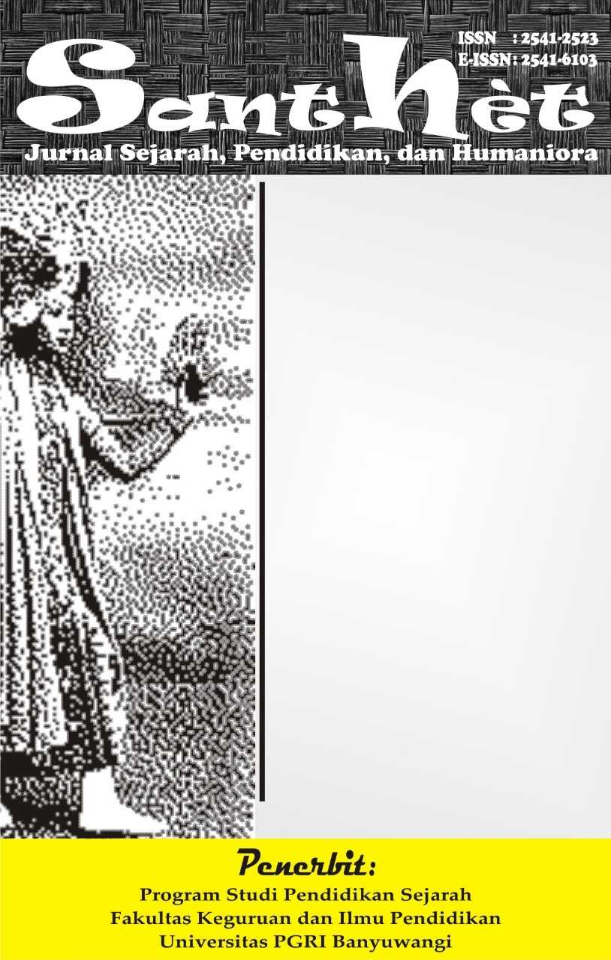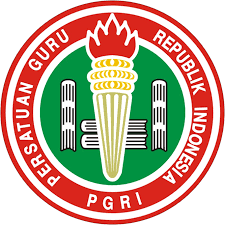MISAPPLICATION OF GEOGRAPHICAL INDICATION RULES IN INDONESIAN LOCAL PRODUCTS
Penyalahgunaan Implementasi Aturan Indikasi Geografis Dalam Produk Lokal Indonesia
DOI:
https://doi.org/10.36526/santhet.v8i2.4495Keywords:
Geographical Indication, Local Product, Misuse, Natural ResourcesAbstract
Indonesia own a lot of rich variety of natural resource, ranking 2nd in globa Variety Index in 2022, But the more varied the natural resources, the more accurate regulation the nation needed to ensure the benefit of ts natural resources to be given to the local organizer and the people, in which is regulated in Statute no 20, Year 2016 about Trademark and Geographical Indication. Geographical Indication itself has its definition as a mark that show the origin of the local product as being influenced and inseparable by geographical factor, giving certain reputation and quality to its local product like White Pepper muntok or Sumbawa Honey in which included in this category as one. However, there’s a misuse of corporation/people that use the benefit of Geographical Indication’s mark without the requirement of it, resulting of the local people in loss and worsen their economical condition. Data shows that there’s 138 product registered as Geographical Indication by the Directorate General of Intellectual Property (DJKI),yet some of them are not qualifed as one within the statute, in which resulting to unhealty rivalry between different local products as well. Significant measure are needed to ensure justice is upheld to protect local product so the people can be able to enjoy the benefit of natural resource in their area.
References
Agarwal, S., & Barone, M. J. (2005). Emerging issues for geographical indication branding strategies.
Alghasi, M. A., & Althafzufar, M. A. (2024). Comparative Legal Analysis Of Renewable Energy Utilization Regulations Between Iceland And Indonesia. Policy, Law, Notary and Regulatory Issues, 3(2), 333–341.
Calboli, I. (2006). Expanding the protection of geographical indications of origin under TRIPS: old debate or new opportunity. Marq. Intell. Prop. L. Rev., 10, 181.
Coombe, R. J., Ives, S., & Huizenga, D. (2014). Geographical indications: The promise, perils and politics of protecting place-based products. Sage Handbook on Intellectual Property, Thousand Oaks, CA, Sage Publications, 207–223.
Das, K. (2009). Socioeconomic implications of protecting geographical indications in India. Available at SSRN 1587352.
Echols, M. A. (2003). Geographical indications for foods, TRIPS and the DOHA Development Agenda. Journal of African Law, 47(2), 199–220.
Erlina, B., Jainah, Z. O., Seftiniara, I. N., Safitri, M., & Hasan, Z. (2023). Legal Protection Prospects Traditional Cultural Expression of Lampung. International Journal of Law and Politics Studies, 5(6), 67–76.
Eugui, D. V., & Spennemann, C. (2006). The treatment of geographical indications in recent regional and bilateral free trade agreements. The Intellectual Property Debate: Perspectives from Law, Economics and Political Economy. Edward Elgar, 305–344.
Gangjee, D. (2007). Quibbling siblings: Conflicts between trademarks and geographical indications. Chi.-Kent L. Rev., 82, 1253.
Ilbert, H., & Petit, M. (2009). Are geographical indications a valid property right? Global trends and challenges. Development Policy Review, 27(5), 503–528.
Marette, S., Clemens, R., & Babcock, B. (2008). Recent international and regulatory decisions about geographical indications. Agribusiness: An International Journal, 24(4), 453–472.
Marie‐Vivien, D. (2010). The role of the State in the protection of Geographical Indications: from disengagement in France/Europe to significant involvement in India. The Journal of World Intellectual Property, 13(2), 121–147.
Muhtaman, D. R., Guizol, P., Roda, J.-M., & Purnomo, H. (2006). Geographic Indications for Javanese teak: a constitutional change.
Saputro, T. A., Muryanto, Y. T., & Suraji, S. (2021). The Establishment Of Geographical Indication Protection Community (GIPC) As A Legal Protection Msme Products. Jurnal Pembaharuan Hukum, 8(3), 357–373.
Sidebotham, S. E. (2011). Berenike and the ancient maritime spice route (Vol. 18). Univ of California Press.
Sylvander, B., Allaire, G., Barjolle, D., Marescotti, A., & Tregear, A. (2006). Quality, origin and globalization: overall justifications and national frameworks: the geographical indication case./Qualite, origine et globalisation: justifications generales et contextes nationaux, le cas des Indications Geographiques. Canadian Journal of Regional Science, 29(1), 43–60.
Zografos, D. (2008). Geographical Indications and Socio-Economic Development. Social Science Research Network, doi: 10.2139/SSRN.1628534.





























